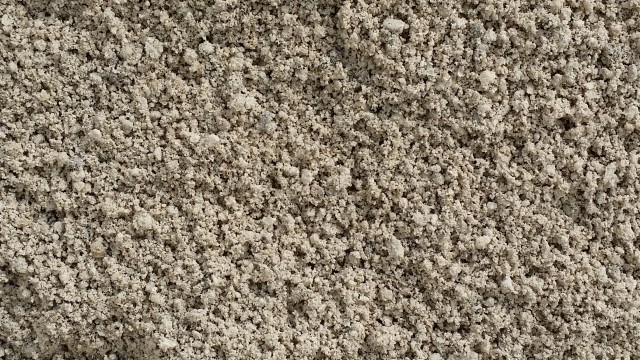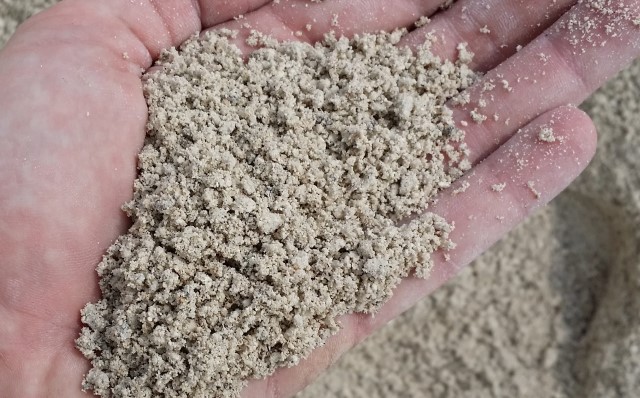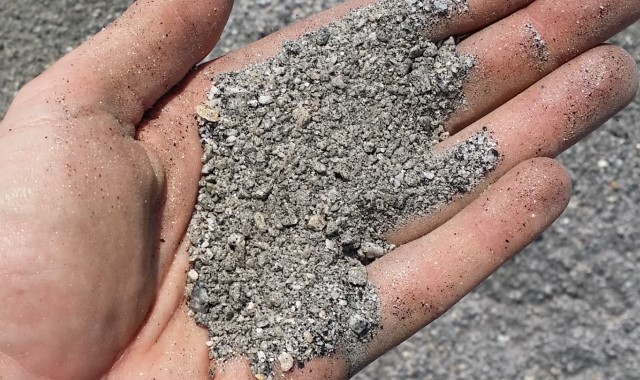$ 0.00
Screenings: What are they?
If the aggregate product "screenings" doesn't ring any bells for you as you are reading this blog or shopping online for materials for your next project - perhaps you know it by one of its many other names like 'stone dust', 'stone screenings', 'quarry dust', or 'grit'.
Regardless of whether you've heard of this useful building and landscape material or not, we here at the Gravelshop are happy to explain the product for you:
So, what is it?
Screenings are a pulverized byproduct of the stone-crushing process at quarries and rock yards. Once considered a waste product, screenings are the smaller crushed stone pieces and fines that pass through the screens meant to catch and collect larger sized pieces that make up other products like clean gravels or rip rap.
Screenings Prices Shop Screenings
The size of screenings are generally 3/8" down to dust, and are made up of whatever type of rock it is that is being crushed - most commonly limestone or granite. Its durability and sand-like particle sizes make it an effective leveling agent and finishing layer on hardscapes and masonry projects.

Common Applications
Pavers:
Screenings are most commonly used as a setting bed and joint filler for pavers. This is because of its compaction properties that help form a sturdy, non-porous upper layer that protects from moisture seeping into the base layer. The interlocked screenings will also prevent weed and grass growth from sprouting up between pavers.
While screenings are undoubtedly effective for these reasons between pavers and as a smooth finishing layer, there is much debate in the hardscaping world as to whether it is the wisest choice as a base for pavers. This is mainly due to the fact that screenings can be too non-porous, and can trap water rather than allow for drainage like a concrete sand would, for example. Water retention under the pavers can pose serious problems like causing the pavers to shift and crack - especially for paver patios during the freeze-thaw cycle in cold climates.
Though there are pros and cons to consider when choosing screenings, concrete sand, or a combination of materials as a bedding layer for pavers, you will likely hear passionate arguments that vary from landscaper to landscaper. For example, some swear by creating a 'superbase' made up of crusher run as a sub-base to go under a screenings upper base.

Horse Arenas:
Putting the paver bedding controversy to bed for a moment--limestone screenings are also a popular choice for use as a surface layer for horse arenas, riding areas, stalls, and for barn flooring.
Limestone screenings are a relatively cheap, effective option for these horse and animal footing applications as they compact well and are stable (no pun intended) for safety purposes. However, without proper moisture and upkeep the stone dust layer can compact too well, like concrete, and become harmful to the horse's hooves. Because of this, some horse owners and landscapers recommend mixing ground/recycled rubber or sand into the stone dust surface layer to prevent over-compaction.
Aside from pavers and horse arenas, screenings have numerous other useful applications which include:
Biking and hiking trails, garden paths.
Smooth finishing layer for walkways and patios.
Mineral and fertility enhancer for soils and compost.
Binding agent for cement or asphalt for driveways, roads and sidewalks.
Fill material, especially for concreted areas.
A byproduct once considered a waste material--screenings have become an established staple for various hardscaping, landscaping, and agricultural projects of all scales.
Be sure to research further beforehand just what type of screenings your project will require, the amount needed, and their proper application. As always, feel free to reach out to the Gravelshop team for any questions as well.

© Copyright 2024. Powered by Sand Group USA inc.
Type your Zipcode
Type the zip code of the delivery address to see available products and prices.
